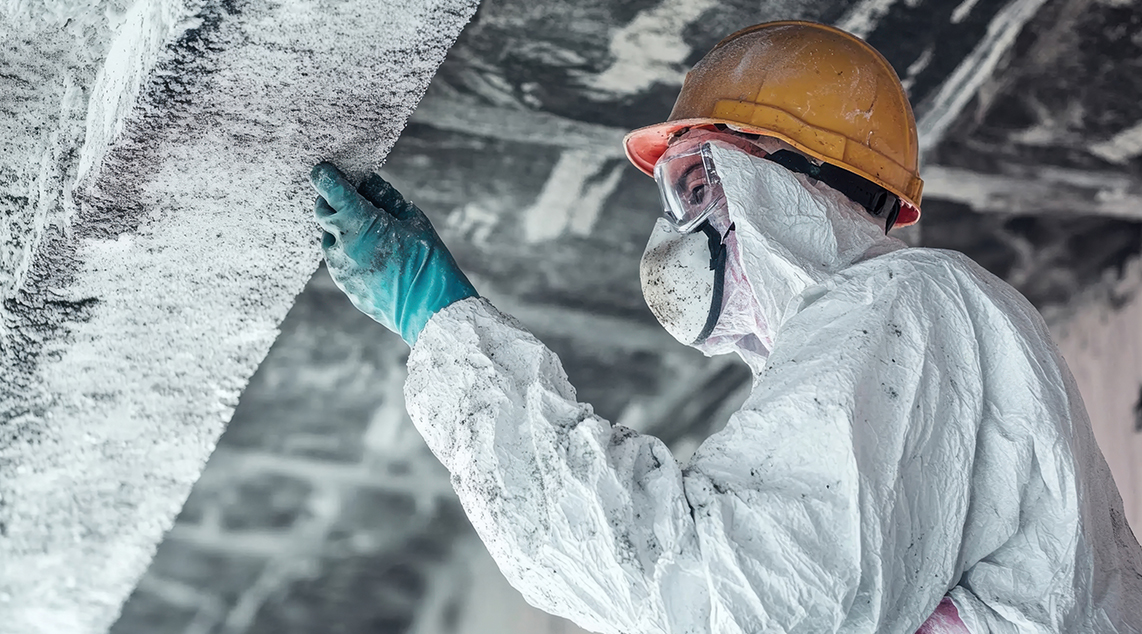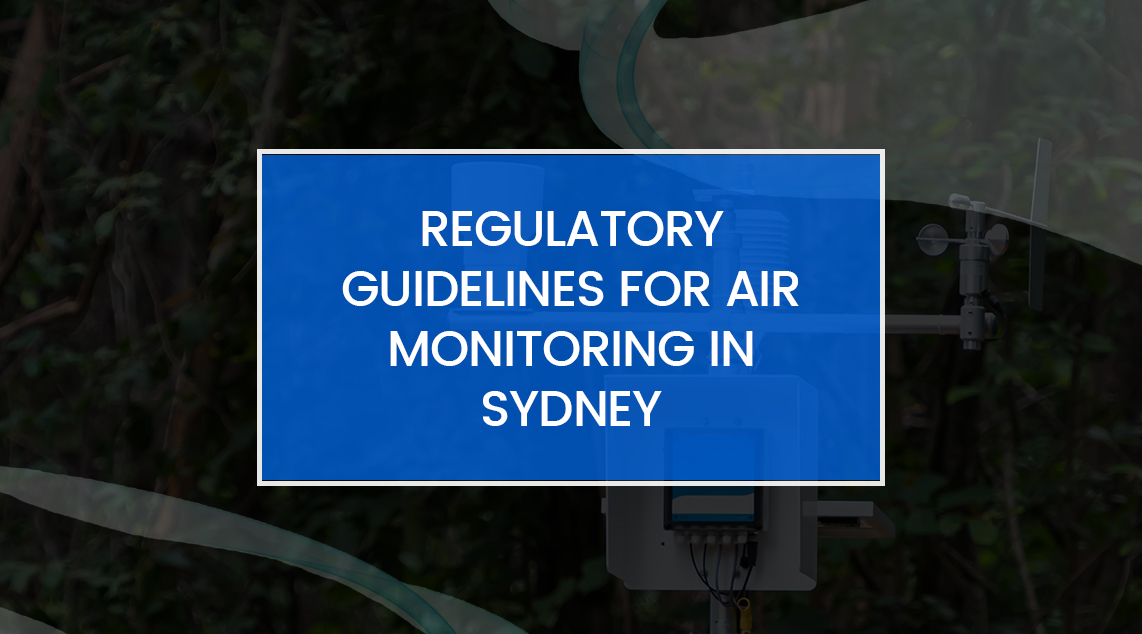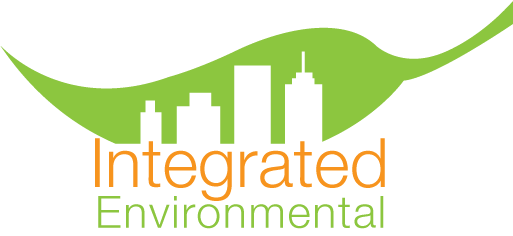
Breathing Easier Starts Here
During renovations or construction projects, the unexpected discovery of asbestos can feel like an unwelcome intruder. It’s a hidden danger, often lying dormant in older structures, waiting to disrupt progress and raise serious health concerns.
Asbestos, once praised for its strength and heat resistance, became a go-to material in construction during much of the 20th century. Its use was widespread, from roofing to insulation, blending seamlessly into buildings without raising alarms. However, as its fibres were revealed to be potent carcinogens, the material’s reputation took a sharp turn. When disturbed, asbestos fibres can become airborne and, if inhaled, pose significant risks to health.
In places like Sydney, where older homes and buildings are abundant, the challenge is particularly pressing. Renovators, builders, and property owners face the responsibility of identifying and safely managing asbestos to protect families, workers, and the wider community.
The discovery of asbestos doesn’t have to derail a project or spark fear. By recognizing the presence of this material and taking swift, informed action, it’s possible to mitigate risks effectively. The key lies in awareness, proper assessment, and working with professionals equipped to handle the material safely.
This is where asbestos air monitoring plays an important role.
In this blog, we’ll explore what asbestos air monitoring is, how it ensures air safety during and after removal, and the regulatory guidelines specific to Sydney. By the end, you’ll understand why this process is essential for creating safer environments.
Need professional asbestos air monitoring in Sydney? Contact Integrated Environmental for reliable and affordable services.
What is Asbestos Air Monitoring, and Why is It Necessary?
Asbestos air monitoring is a scientific process designed to measure the presence of airborne asbestos fibres during activities that could disturb asbestos-containing materials (ACMs). This includes removal, demolition, or repair work. But why is it so important?
1. The Invisible Threat
Asbestos fibres are microscopic—up to 700 times thinner than a human hair. They become airborne when disturbed, making them impossible to see or detect without specialised equipment. Inhalation of these fibres can lead to severe health issues, including asbestosis, mesothelioma, and lung cancer.
2. Protection for All Parties
Monitoring air quality ensures that workers, residents, and the surrounding community are not exposed to harmful asbestos levels. It provides peace of mind for homeowners and businesses alike.
3. Compliance with Legal Standards
In Australia, strict regulations govern asbestos handling and air monitoring. Non-compliance can lead to hefty fines, project delays, or even legal consequences. Engaging professionals like asbestos consultants ensures adherence to these standards.
4. Data-Driven Decisions
By providing real-time or post-removal data, asbestos air monitoring informs next steps. If fibre levels exceed safety thresholds, additional remediation measures can be taken promptly.

How Air Quality is Tested During and After Asbestos Removal
Proper asbestos air monitoring in Sydney involves several key steps, each designed to ensure thorough testing and accurate results. Let’s break it down:
1. Pre-Removal Assessments
Before any removal work begins, a licensed professional conducts an asbestos inspection in Sydney. This involves identifying and assessing the condition of ACMs in the area. The inspection determines the scope of the removal and whether air monitoring will be necessary.
2. Air Sampling During Removal
During asbestos removal, air monitoring is conducted to measure fibre levels in real-time. This step is critical for:
- Detecting potential breaches in safety protocols.
- Protecting workers by ensuring the work environment remains safe.
- Containing the spread of fibres to adjacent areas.
High-volume air pumps collect samples from the work zone, and these samples are analysed in a laboratory for accurate fibre counts.
3. Clearance Monitoring After Removal
Once the removal is complete, clearance monitoring is performed to confirm that the air is safe for reoccupation. This involves:
- Visual inspections to ensure all asbestos materials have been removed.
- Final air sampling to detect any lingering fibres.
Only after clearance monitoring results meet regulatory thresholds can the site be deemed safe.
4. Reporting and Documentation
After testing, a detailed report is provided. This document outlines the methods used, the results obtained, and recommendations for next steps. It serves as an official record of compliance, offering assurance to stakeholders.
Protect your family or workplace today. Book your asbestos inspection in Sydney and ensure a safe, compliant environment.
Regulatory Guidelines for Air Monitoring in Sydney
Sydney’s regulations around asbestos air monitoring are stringent, reflecting the serious risks associated with improper handling. Compliance is non-negotiable, and understanding these guidelines is key to safe operations.
1. National Standards and Local Adaptations
Australia’s model Work Health and Safety (WHS) Regulations set the framework for asbestos management. In Sydney, these guidelines are overseen by SafeWork NSW, which ensures that asbestos inspections, removal, and monitoring are conducted by licensed professionals.
2. Monitoring Requirements
Regulations stipulate that asbestos air monitoring must be conducted by independent, licensed professionals during high-risk activities such as:
- Removing friable asbestos (loose or easily crumbled).
- Large-scale demolition involving ACMs.
- Work in sensitive areas like schools or hospitals.
3. Clearance Certificates
After removal and air monitoring, a clearance certificate is required before the site can be reopened. This certificate confirms that asbestos levels meet acceptable limits, providing a guarantee of safety for reoccupation.
4. Transparent Cost Structures
The cost of asbestos testing in Sydney varies based on the size and scope of the project. Reputable asbestos consultants provide clear pricing, ensuring there are no hidden fees. Always compare quotes and check for credentials before proceeding.
5. Enforcement and Penalties
Failure to comply with air monitoring regulations can result in fines or work stoppages. For businesses, the reputational damage from non-compliance can be just as costly as the fines themselves.
Where to Get Reliable Asbestos Removal in Sydney
If you’re planning a renovation, demolition, or asbestos removal project, engaging a licensed asbestos consultant is your first step to ensuring safety. Integrated Environmental offers comprehensive services, including asbestos air monitoring, asbestos inspection in Sydney, and removal services tailored to your needs.
Final Thoughts
Asbestos air monitoring is more than just a regulatory box to tick—it’s a critical step in protecting lives and creating safer environments. From the initial inspection to final clearance, each stage of the process is designed to eliminate risks and provide peace of mind.
So if you’re a homeowner, contractor, or business owner, understanding and getting asbestos air monitoring services from Integrated Environmental equips you to make informed decisions that prioritise safety above all else.
Get a free quote for asbestos removal in Sydney. Call Integrated Environmental now for expert advice and transparent pricing!
